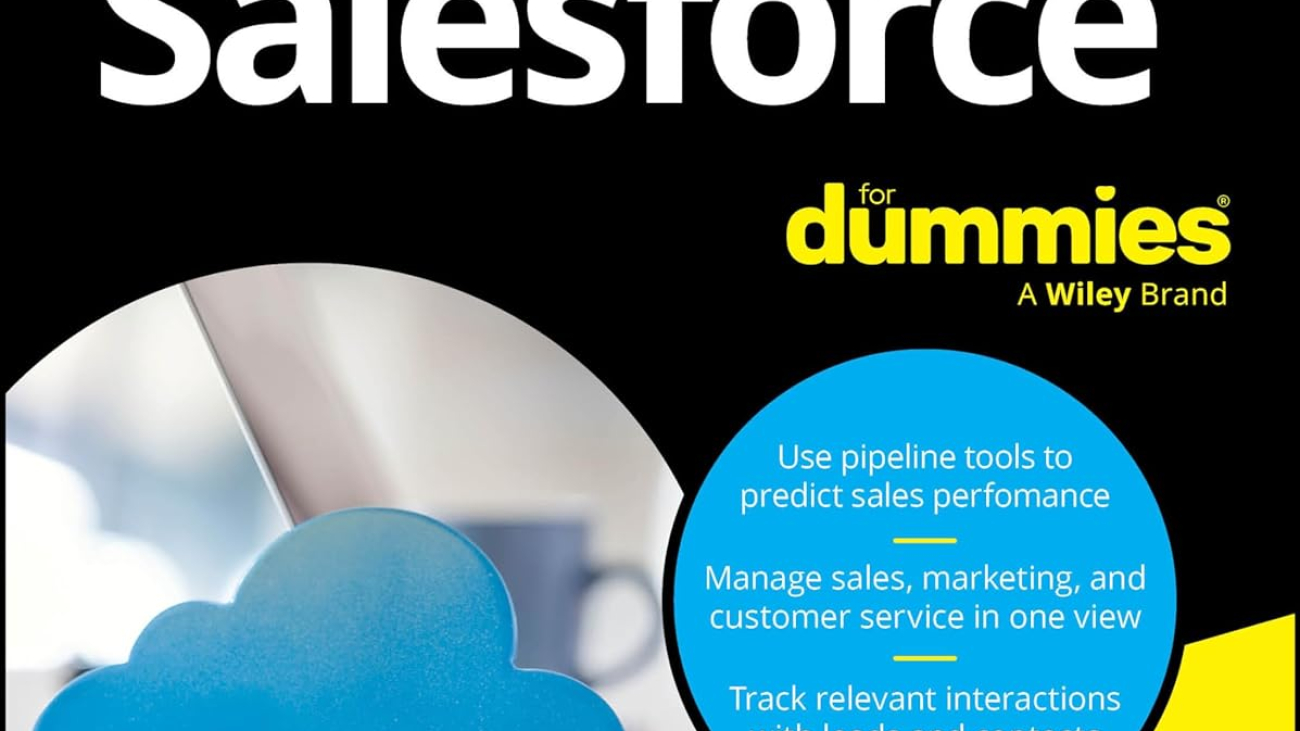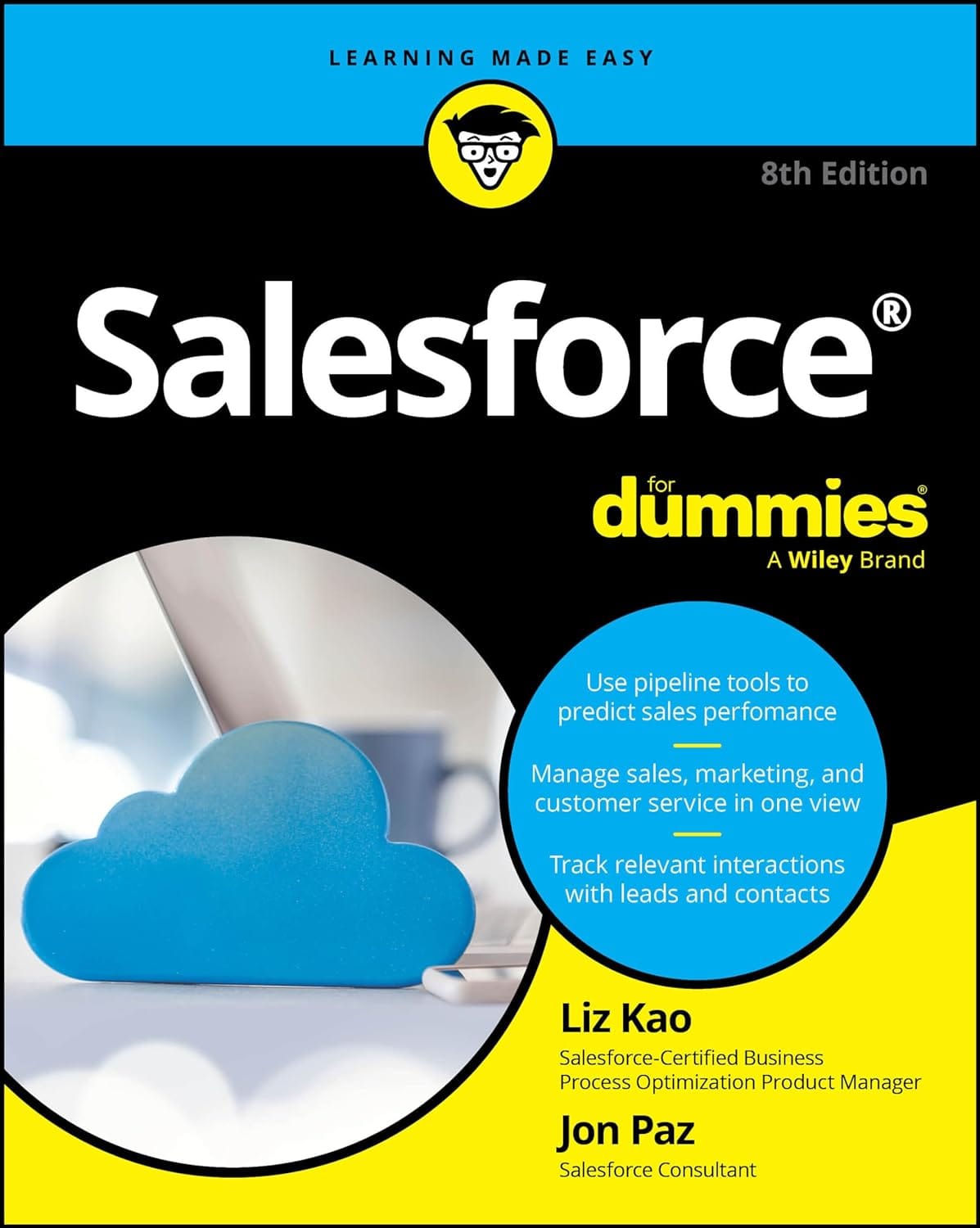“Attraction Selling” by Justin Michael integrates the law of attraction with practical sales techniques to help sales professionals achieve remarkable results. This book provides actionable strategies, including the Justin Michael Method (JMM™), that empower readers to multiply their sales and income by enhancing their mindset and utilizing music, sleep, and massive action.
In the competitive world of sales, standing out requires more than just traditional techniques. “Attraction Selling: Unleashing The Law Of Attraction To Multiply Sales Results With Music, Sleep, And The Justin Michael Method” by Justin Michael explores the untapped potential of the law of attraction to revolutionize sales performance. This book bridges the gap between self-help principles and practical sales strategies, offering a unique approach to achieving exceptional results.
Product Information
“Attraction Selling” delves into how the law of attraction, popularized by self-help classics like “The Secret” and “Think & Grow Rich,” can be applied to sales. Justin Michael, a seasoned sales professional and executive coach, shares his journey from modest beginnings to a 7-figure earner, attributing his success to these principles. The book introduces the Justin Michael Method (JMM™), a comprehensive system combining mindset, music, sleep, and massive action to drive sales excellence.
Why People Prefer This Product
Sales professionals prefer “Attraction Selling” for its practical application of the law of attraction. Justin Michael’s real-life success story provides a compelling testament to the effectiveness of these principles. The book offers clear, actionable steps that can be integrated into daily routines, making it accessible and beneficial for sales reps at any level.
Features
- Comprehensive Guide: Combines the law of attraction with practical sales techniques.
- Proven Success: Authored by a sales expert with a track record of exceptional achievements.
- Justin Michael Method (JMM™): A unique system incorporating mindset, music, sleep, and action.
- Actionable Steps: Provides practical tools and techniques for immediate implementation.
- Real-Life Examples: Includes inspiring stories and examples from the author’s career.
Additional Features
- Mindset Enhancement: Techniques to improve mental clarity and focus.
- Music Integration: Strategies to use music for boosting motivation and productivity.
- Sleep Optimization: Tips for improving sleep quality to enhance overall performance.
- Massive Action: Methods to take consistent and effective actions towards sales goals.
Other Users’ Opinions
Readers praise “Attraction Selling” for its innovative approach and practical insights. Many have reported significant improvements in their sales performance and income after applying the book’s principles. The clear and engaging writing style, combined with actionable advice, has made it a favorite among sales professionals.
Final Verdict
“Attraction Selling” is a game-changer for anyone looking to elevate their sales career. Justin Michael’s unique approach, blending the law of attraction with practical sales strategies, offers a fresh perspective on achieving success. This book is an invaluable resource for sales reps, managers, and anyone seeking to harness their full potential.
Pros and Cons
Pros:
- Integrates self-help principles with practical sales strategies
- Authored by a highly successful sales professional
- Provides actionable steps for immediate application
- Inspiring real-life success stories
- Enhances mindset and performance
Cons:
- May be too unconventional for some traditional sales professionals
- Requires an open mind to new concepts
“Attraction Selling” by Justin Michael offers a revolutionary approach to sales, combining the law of attraction with proven sales techniques. By following the Justin Michael Method (JMM™), readers can achieve remarkable sales results and transform their careers. This book is a must-read for anyone looking to unlock their full potential and become a top performer in their field.
See More Information and Buy on Amazon
Click here to see more information and buy “Attraction Selling” on Amazon
REVIEW: Salesforce For Dummies (For Dummies: Learning Made Easy) Review
REVIEWS: Computers & Accessories
FAQ
What is Attraction Selling? “Attraction Selling” is a book by Justin Michael that integrates the law of attraction with practical sales techniques to help sales professionals achieve exceptional results.
Who should read this book? The book is ideal for sales reps, managers, and anyone looking to enhance their sales performance using the principles of the law of attraction.
What is the Justin Michael Method (JMM™)? JMM™ is a comprehensive system developed by Justin Michael, combining mindset, music, sleep, and massive action to drive sales excellence.
Are there real-life examples in the book? Yes, the book includes inspiring stories and examples from Justin Michael’s career, illustrating the effectiveness of the principles discussed.
Where can I purchase the book? The book is available for purchase on Amazon and other major book retailers.











 by Riccardo Annandale (https://unsplash.com/@pavement_special)
by Riccardo Annandale (https://unsplash.com/@pavement_special)






























